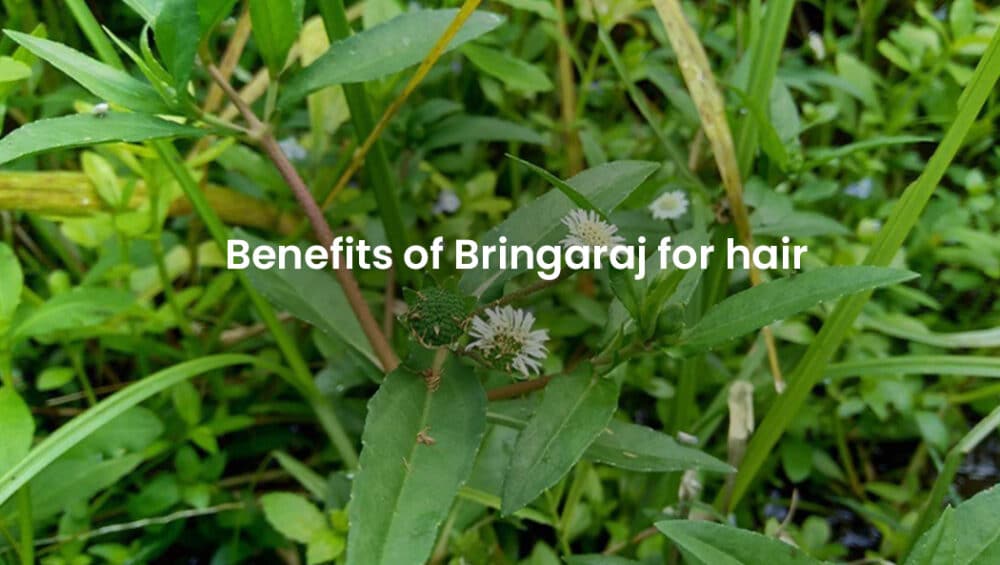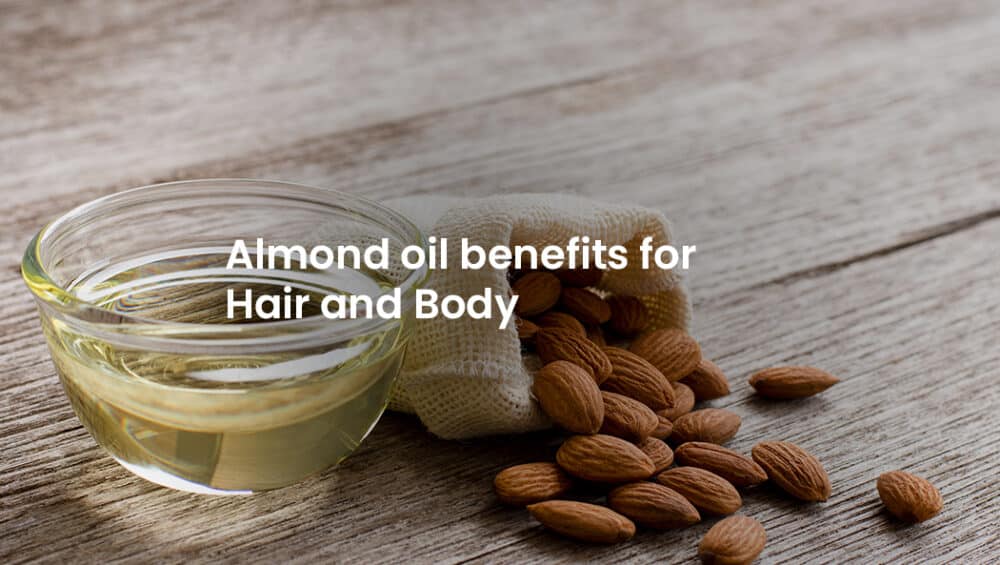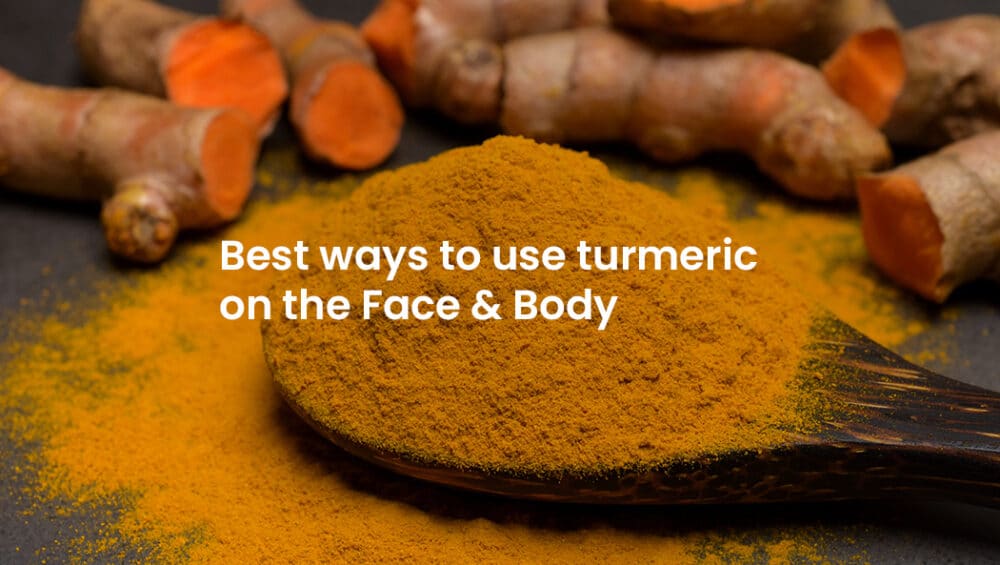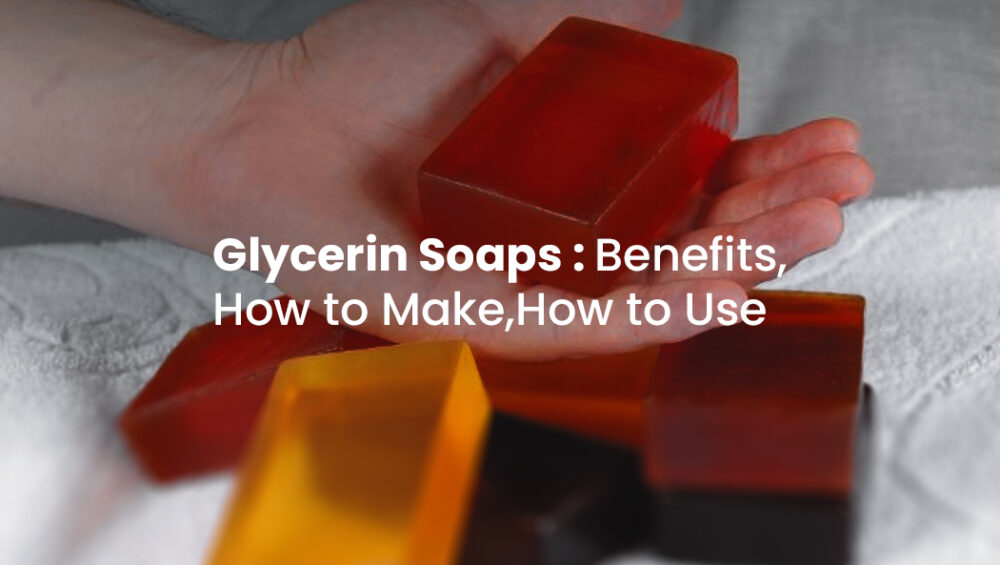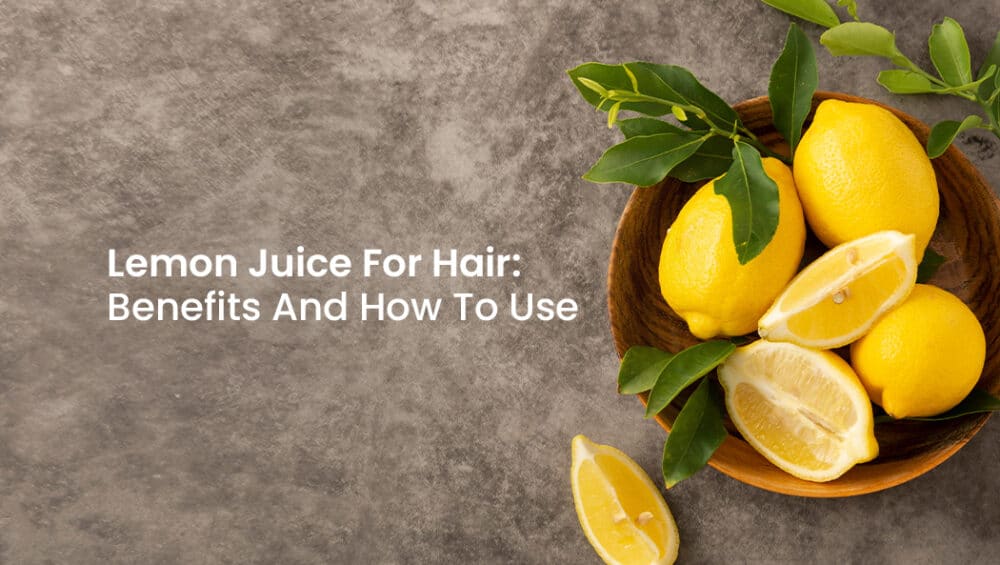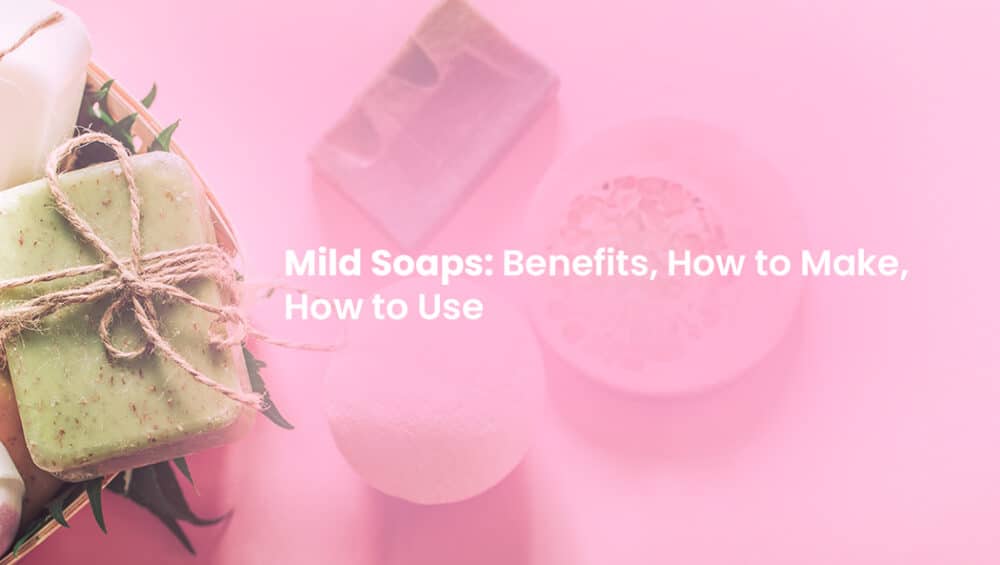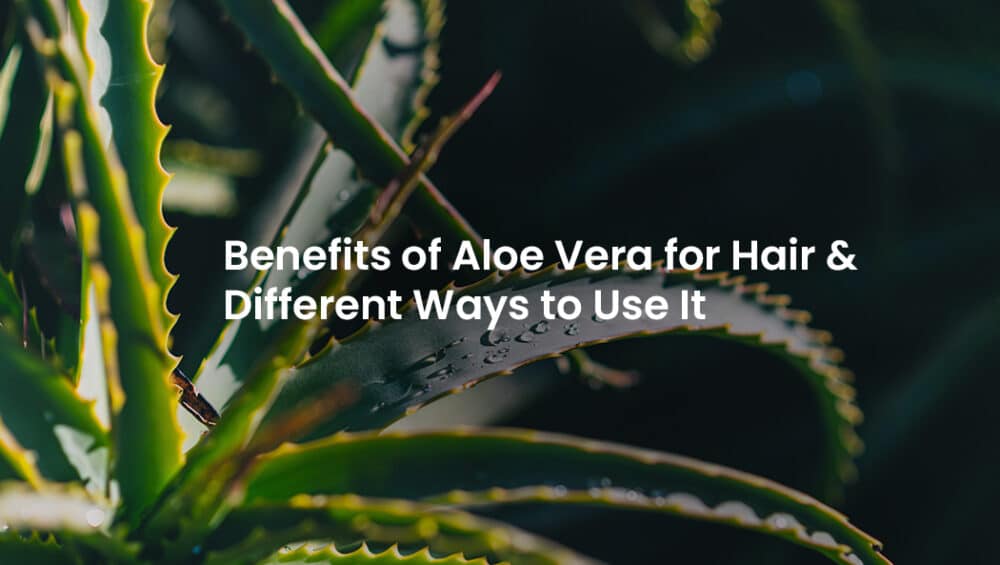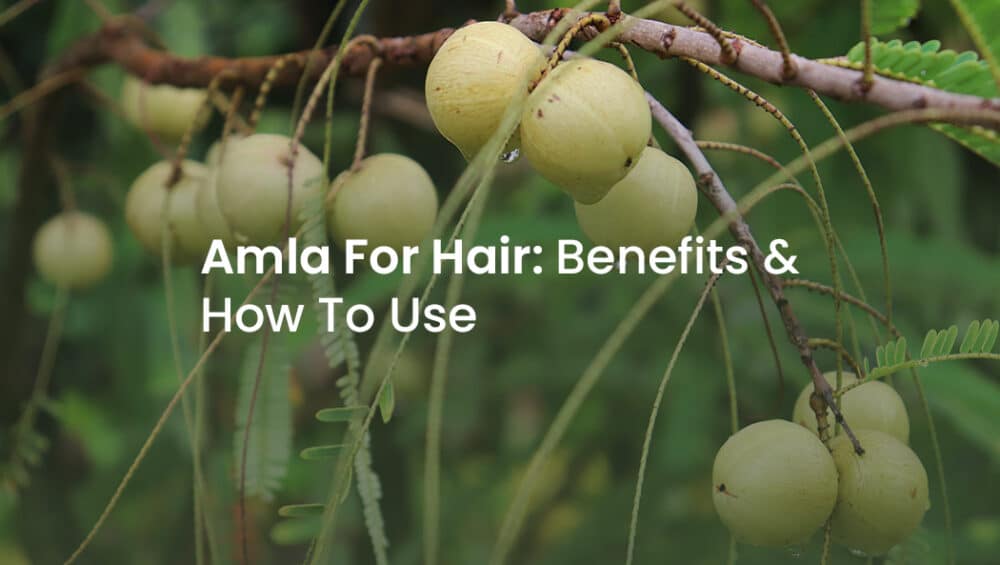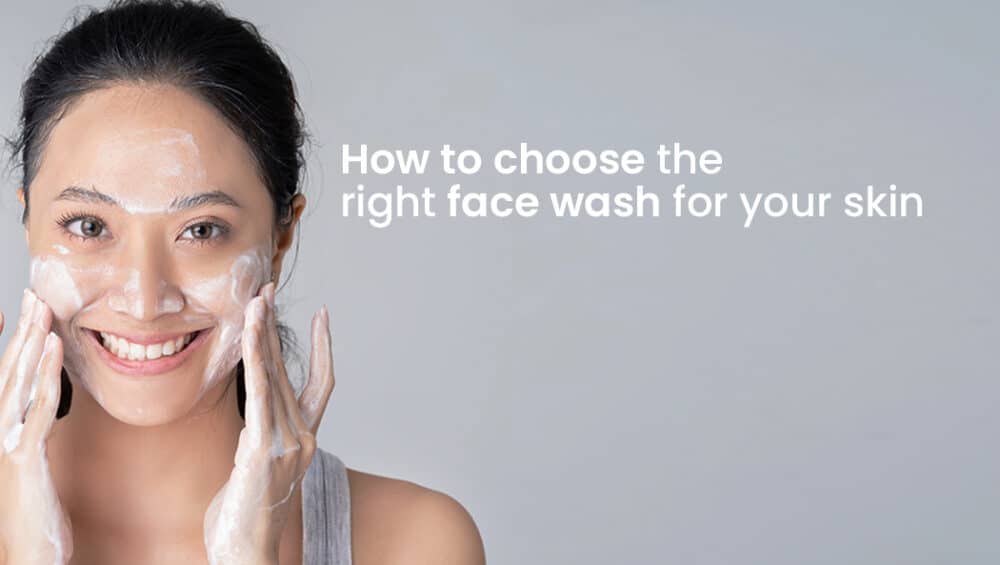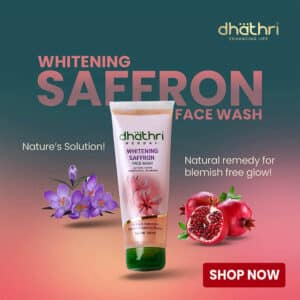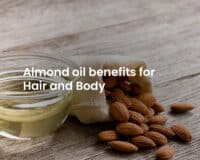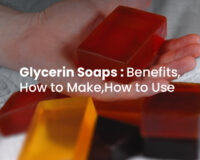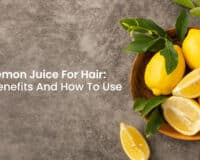What are the Benefits of Bringaraj for Hair
In the era of beauty and personal care products, there exists a unique treasure that has been revered for centuries – Bhringaraj, the botanical wonder for hair. Derived from the ancient Ayurvedic tradition, Bhringaraj, also known as Eclipta alba, has emerged as a powerhouse ingredient that offers a plethora of benefits for hair health and strengths. This article will help you to look into the extraordinary bringaraj benefits for hair, exploring its role in hair growth, and methods of usage. Let us look on what are the benefits of bringaraj for hair in this article.
Top 9 Bringaraj benefits for hair
- Promotes Hair Growth: Bhringaraj, also known as the “King of Hair,” holds a distinguished place in Ayurveda for its exceptional ability to stimulate hair growth. The herb’s active compounds work together to revitalize hair follicles, extending their growth phase. By enhancing follicular activity, Bhringaraj for hair promotes the emergence of new hair strands, leading to increased hair density and overall length. This makes it an invaluable natural solution for individuals seeking to achieve longer, thicker, and more voluminous locks.
- Prevents Hair Loss: Hair loss is a common concern, and Bhringaraj offers a perfect remedy. Enriched with proteins, vitamins, and minerals, this herb strengthens hair roots from within. Considering the hair strength and volume, Bringaraj benefits for hair significantly reduce hair fall and breakage. It provides the scalp with the nourishment it needs to maintain healthy hair growth, making it an essential addition to any hair care regimen.
- Nourishes the Scalp: A nourished scalp is the foundation of healthy hair, and Bhringaraj helps with this. Its innate moisturizing properties deeply hydrate the scalp, preventing dryness and flakiness. This soothing effect not only relieves scalp irritation but also creates an optimal environment for hair growth. Regular use of Bhringaraj-infused products ensures that the scalp remains well-nourished, fostering a healthier, more vibrant head of hair.
- Combats Dandruff and Dryness: Bhringaraj’s natural oils provide a robust defense against dandruff and dryness. Dry scalp conditions can lead to flakiness and itchiness, which are not only uncomfortable but can also hinder hair growth. Bhringaraj’s moisturizing properties restore and maintain the scalp’s moisture balance, effectively alleviating dandruff and preventing its recurrence. By addressing this common concern, Bringaraj benefits for hair contribute to a healthier scalp environment and ultimately healthier hair.
- Enhances Hair Texture: The journey to beautiful hair isn’t just about length; it’s also about texture. Bhringaraj’s impact on hair texture is truly remarkable. Regular use of Bhringaraj-infused products results in smoother hair cuticles. Smoother cuticles lead to silkier strands that are easier to manage and style. By minimizing frizz and taming unruly hair, Bhringaraj helps transform hair into a lustrous, touchably soft mane.
- Delays Premature Graying: Premature graying is a concern for many individuals, and Bhringaraj offers a natural solution. Rich in antioxidants, Bhringaraj fights against oxidative stress – a leading cause of premature graying. By neutralizing harmful free radicals, Bhringaraj helps preserve the hair’s natural pigmentation, delaying the onset of gray hair and promoting a youthful appearance.
- Adds Brilliant Shine: The reflective quality of hair contributes significantly to its overall appearance. Bhringaraj has a unique ability to enhance the hair’s natural shine and luster. Through its nourishing and revitalizing effects, Bhringaraj contributes to vibrant, glossy tresses that catch and reflect light beautifully. This added brilliance adds a touch of radiance to your overall look.
- Improves Blood Circulation: Scalp health is closely linked to blood circulation, and Bhringaraj plays a pivotal role in improving this aspect. Regular massaging with Bhringaraj oil boosts blood circulation to the scalp. Improved circulation ensures that hair follicles receive adequate nutrients and oxygen, creating an environment conducive to robust hair growth. By enhancing blood flow, Bhringaraj helps promote healthier, stronger hair from the roots.
- Protects Against Damage: In our modern world filled with environmental pollutants and styling tools, protecting hair from damage is crucial. Bhringaraj for hair acts as a natural shield, offering protection against external stressors. Its protective properties form a barrier that minimizes the impact of pollutants, UV rays, and heat styling on the hair. By reducing damage and preserving the hair’s structural integrity, Bhringaraj ensures offers a perfect look for your hair.
Adding Bhringaraj into your hair care routine introduces a holistic approach to hair health. Its multifaceted benefits extend beyond superficial enhancements, addressing essential aspects of scalp and hair well-being. From promoting growth and preventing loss to nourishing the scalp and enhancing texture, Bhringaraj stands as a testament to the profound wisdom of Ayurveda and nature’s bounty. Utilize the power of Bhringaraj and experience the transformation it brings to your hair – a journey towards healthier, more beautiful locks that offers strength and shine to hair.
Read Also: Hibiscus for Hair Growth: Benefits & How to Use
How Bhringaraj Helps in Hair Growth?
Bringaraj benefits for hair works on hair growth through multiple mechanisms. Its active components enhance blood circulation to the scalp, ensuring a steady supply of nutrients to hair follicles. It also balances scalp pH, creating an ideal environment for healthy hair growth. Bhringaraj’s phytoconstituents boost keratin production, the protein responsible for hair’s strength and structure. Additionally, it reduces the production of DHT, a hormone linked to hair loss, thus safeguarding your precious locks.
What are the ways to use Bringaraj on hair?
Using Bhringaraj on your hair can be a transformative addition to your hair care routine. This wonderful herb can be applied in various forms to cater to different preferences and needs. Here are some effective ways to use Bhringaraj on your hair:
- Bhringaraj Oil Massage: Bhringaraj oil is a popular choice for promoting hair growth and overall hair health. Warm the oil slightly and apply it to your scalp and hair. Massage your scalp gently in circular strokes with your fingertips. This massage helps improve blood circulation, ensuring better nutrient delivery to hair follicles. Leave the oil on for at least an hour or overnight for maximum benefits, then wash it off with a mild shampoo. Regular Bhringaraj oil massages can strengthen hair, reduce hair fall, and promote a healthy scalp.
- Bhringaraj Hair Mask: Create a nourishing hair mask by mixing Bhringaraj powder with water or aloe vera gel to form a paste. Apply the paste evenly to your scalp and hair, focusing on the roots and tips. Allow it to sit for 30-60 minutes before rinsing it off with lukewarm water. This mask helps rejuvenate the scalp, conditions the hair, and promotes shine and manageability.
- Bhringaraj Shampoo and Conditioner: Look for hair care products that contain Bhringaraj as a key ingredient. Bhringaraj-infused shampoos and conditioners offer the benefits of this herb in a convenient and user-friendly format. They help cleanse the scalp, nourish the hair, and maintain overall hair health. For best results, follow the directions on the product label.
- Bhringaraj Herbal Hair Rinse: Prepare a Bhringaraj herbal rinse by boiling Bhringaraj leaves or powder in water. Allow the mixture to cool and strain it. Use the herbal rinse as a final rinse after shampooing your hair. It can help condition your hair, add shine, and promote a healthy scalp.
- Bhringaraj and Carrier Oil Blend: Mix Bhringaraj powder with a carrier oil of your choice, such as coconut oil, almond oil, or jojoba oil. Let the mixture sit for a few days to allow the oil to absorb the beneficial properties of Bhringaraj. Strain the oil and use it for scalp massages or as a pre-shampoo treatment.
- Bhringaraj Hair Tonic: Create a homemade Bhringaraj hair tonic by infusing Bhringaraj leaves or powder in carrier oil, such as sesame oil. Store the mixture in a dark glass bottle for a few weeks, allowing the oil to become infused with the herb’s goodness. Apply a few drops of the tonic to your scalp and hair as a leave-in treatment.
- Bhringaraj Capsules or Supplements: If you prefer a more internal approach, consider taking Bhringaraj capsules or supplements. These can provide your body with the necessary nutrients for healthy hair growth from within. Remember to perform a patch test before applying Bhringaraj or any new product to your scalp or hair to check for any allergic reactions. Additionally, consistency is key when using Bhringaraj – regular and continued use is more likely to yield noticeable results. Choose the method that suits your preferences and lifestyle, and grab the nourishing benefits of Bhringaraj for your hair.
The Essence of Dhathri Onion Shampoo & Conditioner
Dhathri Onion Hair Conditioner & Shampoo harnesses the synergistic benefits of Bhringaraj and red onion. This dynamic duo of Bringaraj Shampoo & Bringaraj conditioner combines the hair-strengthening properties of Bhringaraj with the sulfur-rich goodness of red onion, known for its role in promoting hair growth and reducing hair fall. The red onion shampoo & conditioner cleanses the scalp while the conditioner provides deep nourishment, leaving your hair vibrant, manageable, and invigorated. As you use this onion leave-on conditioner, you are embracing the heritage of Bhringaraj for hair, unlocking the secrets of centuries-old wisdom for modern hair care.
Bhringaraj, with its rich legacy deeply intertwined with Ayurvedic tradition, stands as a testament to the exceptional benefits nature offers for hair care. From promoting hair growth and preventing hair loss to nourishing the scalp and enhancing hair texture, Bhringaraj has earned its rightful place in the realm of beauty and personal care. As evidenced by the Dhathri Onion Shampoo & Conditioner, the fusion of Bhringaraj with modern formulations continues to provide a wonderful experience for those seeking to unveil the true potential of their hair. Merge the legacy, grab the power, and let Bhringaraj for hair weave its magic, revealing the path to beautiful & healthy hair.






